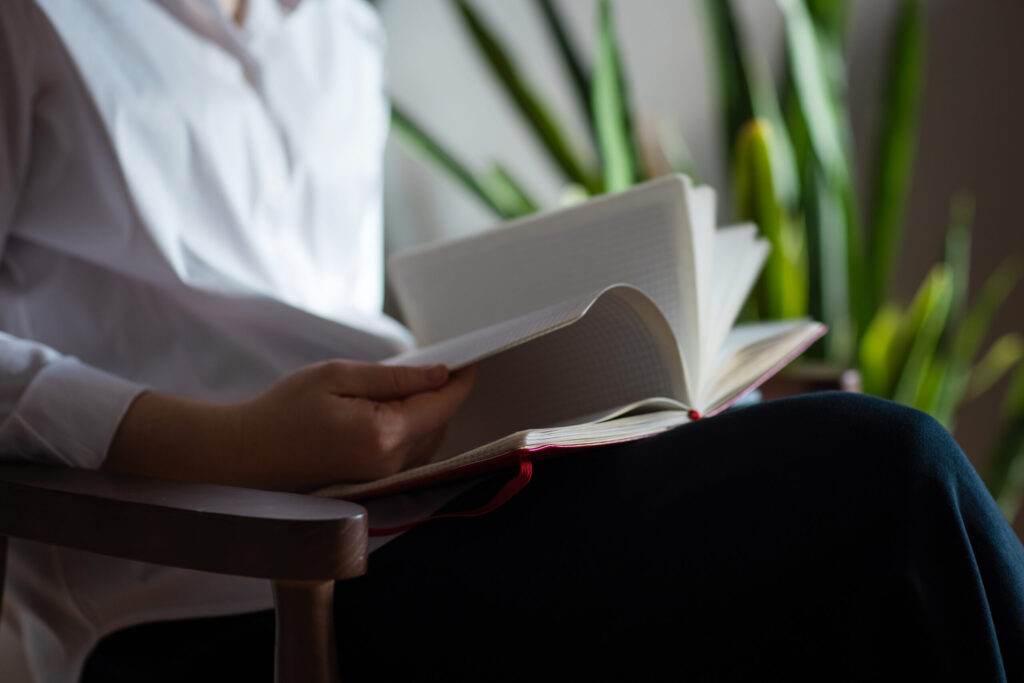
Seasonal Affective Disorder (SAD) Treatment

Seasonal Affective Disorder Treatment in Arizona
When Seasonal Changes Affect Mood and Motivation
Seasonal Affective Disorder is a recurring form of depression that appears during certain times of the year. Most people feel worse in fall and winter, but some experience a summer pattern. SAD can reduce energy, sleep quality, appetite, and daily functioning.
Even in sunny states like Arizona, people still experience SAD. Shorter daylight hours, morning light changes, and more time indoors can disrupt the brain chemicals that regulate mood.
At Lifeline Behavioral Health, we offer evidence-based treatment across Arizona so you can regain balance and energy during seasonal shifts.
Symptoms of Seasonal Depression
When Seasonal Shifts Affect Your Daily Life
Winter-pattern symptoms may include:
- Low energy and persistent fatigue
- Sleeping more than usual
- Craving carbohydrates or weight changes
- Loss of interest in work or hobbies
- Difficulty concentrating
- Sadness, irritability, or numbness
- Social withdrawal
Summer-pattern symptoms:
- Insomnia or difficulty sleeping
- Restlessness or irritability
- Poor appetite or weight loss
- Increased anxiety

Why SAD Happens in Arizona
Seasonal Changes Affect the Brain, Not Just the Weather
Even in warm climates, fall and winter bring shorter daylight hours. Less morning light disrupts the brain chemicals that influence mood, sleep, and energy. Many people spend more time indoors during the winter months, which adds to the effect.
This can lead to:
- Lower serotonin, causing sadness or irritability
- Higher melatonin levels, leading to fatigue and oversleeping
- A disrupted circadian rhythm, affecting motivation and appetite

What Causes Seasonal Affective Disorder?
Researchers believe SAD comes from changes in sunlight that directly affect mood regulation. People are more likely to experience SAD if their bodies already struggle to balance these systems:
- Biological clock changes: Less sunlight shifts the brain’s internal clock, causing fatigue and mood changes.
- Serotonin imbalance: Reduced light lowers serotonin activity, which can increase sadness and irritability.
- Vitamin D deficiency: Less sunlight means lower vitamin D, which affects serotonin production and mood stability.
- Melatonin boost: Darkness increases melatonin, leading to oversleeping, sluggishness, and low energy.
- Negative thought patterns: Stress and anxiety about winter can make symptoms stronger.

Seasonal Changes and Bipolar Disorder
For some individuals living with bipolar disorder, mood changes follow a seasonal pattern. Depressive symptoms may appear during fall and winter when daylight decreases, while spring or summer can bring more energy, irritability, or hypomania. Sleep schedules often shift with sunrise and sunset, which can make moods less predictable. When these changes repeat year after year, treatment planning can help keep mood stable through each season.
A Lifeline to the Life You Deserve
Taking the first step toward healing is powerful, and our team is here to guide and support each client every step of the way.
Effective Treatment for Seasonal Affective Disorder
Cognitive Behavioral Therapy (CBT)
Helps reframe negative thought patterns and restore daily structure and motivation.
Light Therapy
A specialized light box can improve sleep, mood, and daytime energy. Many clients notice improvement within one to two weeks.
Medication and Psychiatric Support
Antidepressants or other medications may help, especially if SAD overlaps with depression or bipolar disorder.
Lifestyle and Sleep Support
Small adjustments in light exposure, routine, nutrition, and activity can reduce symptoms through the winter months.
How Do You Know When It’s Time to Get Help?
Seasonal depression is more than feeling tired or “off” in the winter. If you notice the same emotional shift every year, or daily life starts to feel harder, support can make a real difference.
You may benefit from treatment if you:
- Struggle to get out of bed or keep up with responsibilities
- Lose interest in friends, hobbies, or activities you normally enjoy
- Sleep too much or not enough
- Feel unusually sad, hopeless, or disconnected
- Can’t shake exhaustion, irritability, or low motivation
- Notice symptoms returning every winter
How We Treat SAD at Lifeline Behavioral Health
Every person is different, so treatment is designed around your symptoms and goals. Some clients start with bright light therapy and counseling, while others combine talk therapy, lifestyle changes, and medication. Our health care team tracks progress, reduces relapse during the early winter months, and helps prevent symptoms from returning. When SAD overlaps with depression or bipolar disorder, our therapists coordinate care so treatment stays consistent.

Six Locations
Across Arizona
Telehealth &
In-Person Therapy
Licensed Mental
Health Professionals
A Brighter Season Ahead
Seasonal Affective Disorder can make life feel heavy, but treatment brings relief for many people. For more than 20 years, Lifeline Behavioral Health has helped clients regain motivation, restore balance, and move through winter with confidence and support.
Client Successes
No Insurance? No Problem.
Not everyone has insurance, and that shouldn’t stand in the way of getting help. We offer cash pay options for all services, making care more accessible and straightforward. Many clients prefer cash pay for its flexibility, especially for lower-cost treatments. Reach out to explore your options and get started today.
Insurance Coverage
Here at Lifeline Behavioral Health, we understand that paying for care is a number one concern. We accept many types of insurance plans. Don’t see your carrier on the list? Not to worry, just give us a call and we can verify your insurance plan. Our team can also work with you on paying for care outside of insurance or utilizing out-of-network benefits.

















"*" indicates required fields
Frequently Asked Questions About Seasonal Affective Disorder (SAD)
What is the most effective treatment for Seasonal Affective Disorder?
Light therapy, counseling, and medication, when appropriate, are the most effective. Many people improve by combining morning light exposure with therapy that supports mood and daily functioning.
Is Seasonal Affective Disorder a mental illness?
Yes. SAD is a type of depression that follows a seasonal pattern. It is more than “winter blues,” and professional support can significantly reduce symptoms.
How do you overcome winter blues?
Spending more time outdoors, exercising, sticking to a sleep routine, and staying connected with others can help. When symptoms interfere with daily life, counseling or light therapy can provide stronger relief.
What vitamins are good for Seasonal Affective Disorder?
Vitamin D is the most common. Some people also benefit from omega-3 supplements. Always speak with a medical professional before starting vitamins or replacing treatment with supplements.
How long does SAD last?
Symptoms usually begin in late fall or early winter and may lift in spring. Some people notice the pattern every year until treatment begins.
Can SAD get worse if it's untreated?
Yes. Seasonal depression can become stronger over time, impacting sleep, motivation, relationships, and overall health. Early support can prevent symptoms from returning each year.
Is light therapy safe?
Light therapy is considered safe for most people and is often recommended as a first step to treat SAD. A bright light box designed for SAD delivers specific light intensity tested for safety. Your provider can help you select one that meets FDA recommendations and fits your routine.
Can therapy really help with SAD?
Yes. Therapy provides coping strategies for mood changes, low motivation, and negative thought patterns. Many people feel noticeable improvement within weeks.

